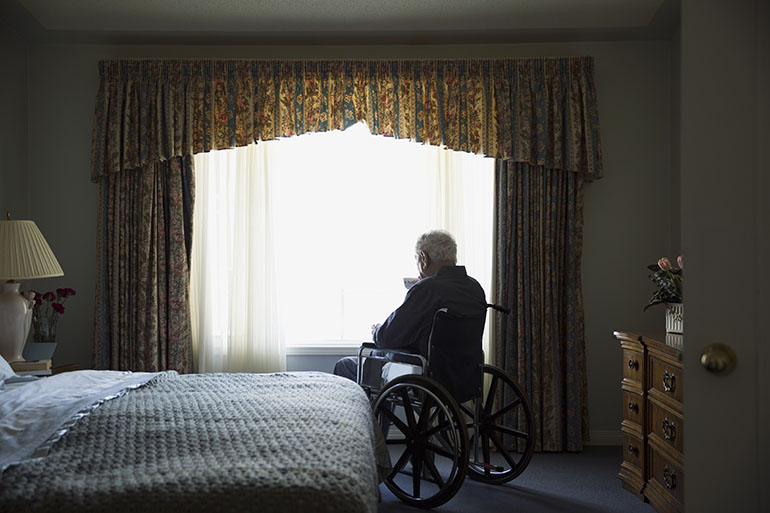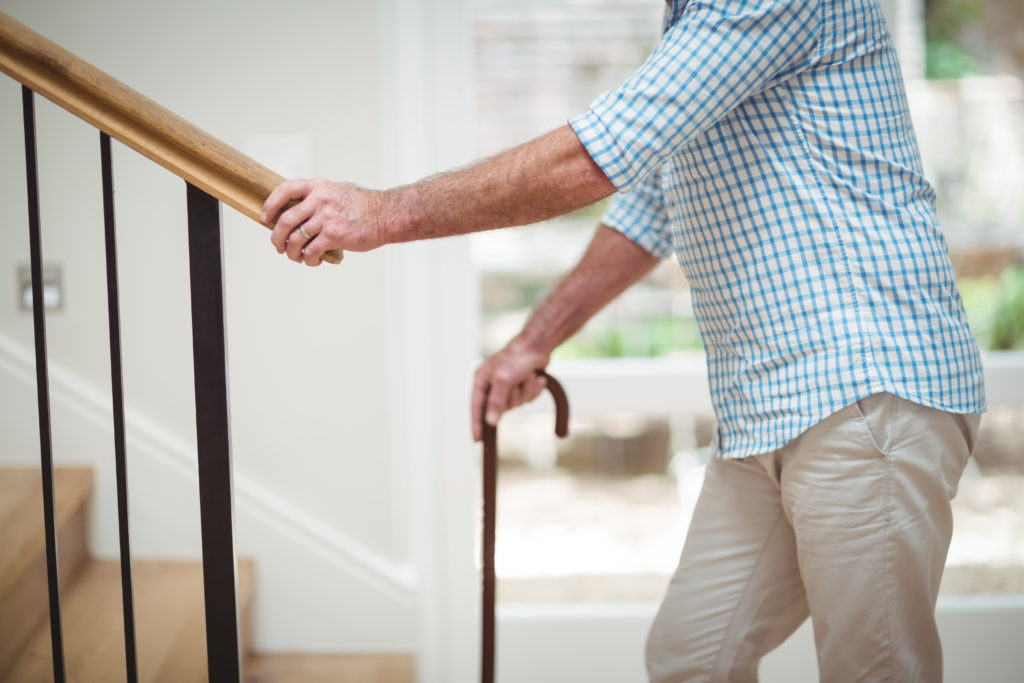As our loved ones age, ensuring their safety becomes a top priority. Falls are one of the most significant risks for the elderly, especially at night when visibility is low, and mobility may be restricted. This is where fall detection devices for elderly at night play a crucial role. These devices offer peace of mind to both the elderly and their caregivers by providing immediate alerts in case of a fall, facilitating quick response and potentially preventing serious injuries.

Understanding Fall Risks for the Elderly at Night
Night-time poses unique challenges for the elderly. Reduced lighting and fatigue can increase the likelihood of falls. According to the Centers for Disease Control and Prevention (CDC), falls are the leading cause of injury among older adults. Hence, understanding these risks is essential for effective prevention.
The Importance of Night-time Safety
Ensuring safety during the night is crucial. Many falls occur when elderly individuals wake up to use the bathroom or move around their homes. Fall detection devices can provide an extra layer of security, alerting caregivers immediately if a fall occurs.
Types of Fall Detection Devices
There are various types of fall detection devices available, each with unique features tailored to meet different needs:
Wearable Devices
These include smartwatches and pendants that can be worn comfortably around the neck or wrist. They are equipped with sensors that detect falls and send alerts to caregivers or emergency services.
Non-Wearable Devices
These devices are placed around the home and use motion sensors to detect falls. They are ideal for those who may not wish to wear a device at all times.
Smart Home Systems
Integrated smart home systems can be an excellent option for comprehensive monitoring. These systems connect with various devices throughout the home to provide seamless fall detection and home automation.
Key Features to Look for in Fall Detection Devices
When choosing a fall detection device, consider the following features:
Accuracy
Look for devices with high accuracy in fall detection to minimize false alarms.
Ease of Use
The device should be simple to set up and operate, especially for elderly users who may not be tech-savvy.
Battery Life
A long battery life is essential to ensure the device is always functional when needed.
Benefits of Using Fall Detection Devices at Night
Using fall detection devices offers numerous benefits:
Immediate Alerts
These devices provide immediate alerts to caregivers or emergency services, ensuring prompt assistance.
Increased Independence
Elderly individuals can maintain their independence knowing help is readily available if needed.
Peace of Mind
Both caregivers and the elderly can have peace of mind knowing there is a safety net in place.
Implementing Fall Detection in Care Plans
Incorporating fall detection devices into care plans can significantly enhance safety measures. Caregivers can tailor these devices to fit individual needs, ensuring comprehensive protection.
Customizing Care Plans
Every individual has unique needs. Customizing care plans with fall detection devices ensures that specific risks are addressed effectively.
Training and Awareness
Educating both the elderly and caregivers on how to use these devices effectively is crucial for maximizing their benefits.
Challenges and Considerations
Despite their benefits, fall detection devices come with challenges:
False Alarms
Some devices may trigger false alarms, causing unnecessary panic. Choosing devices with high accuracy can mitigate this issue.
Privacy Concerns
Privacy is a significant concern, especially for devices that monitor movements. Ensuring data security and privacy is essential.
Future of Fall Detection Technology
The future of fall detection technology looks promising, with advancements aimed at improving accuracy and user experience. Innovations such as AI and machine learning are expected to play a significant role in enhancing these devices.
AI and Machine Learning
These technologies can help in accurately predicting and detecting falls, reducing false alarms.
Integration with Health Systems
Future developments may include integration with existing health systems for comprehensive health monitoring.
For more insights on how these technologies are evolving, visit our technology for nursing homes page.
Conclusion
Fall detection devices for elderly at night are invaluable tools in ensuring the safety and well-being of our loved ones. By understanding their benefits and challenges, caregivers can make informed decisions to enhance the quality of life for the elderly. For additional information on preventing falls and ensuring safety, you can visit the Mayo Clinic’s guide on fall prevention.

FAQs
What are fall detection devices?
Fall detection devices are tools designed to detect falls and alert caregivers or emergency services immediately.
Why are they important for the elderly at night?
They provide an extra layer of safety during night-time when visibility is low, and the risk of falls increases.
How do I choose the right device?
Consider factors such as accuracy, ease of use, and battery life to select a device that best suits your needs.
This article contains affiliate links. We may earn a commission at no extra cost to you.






